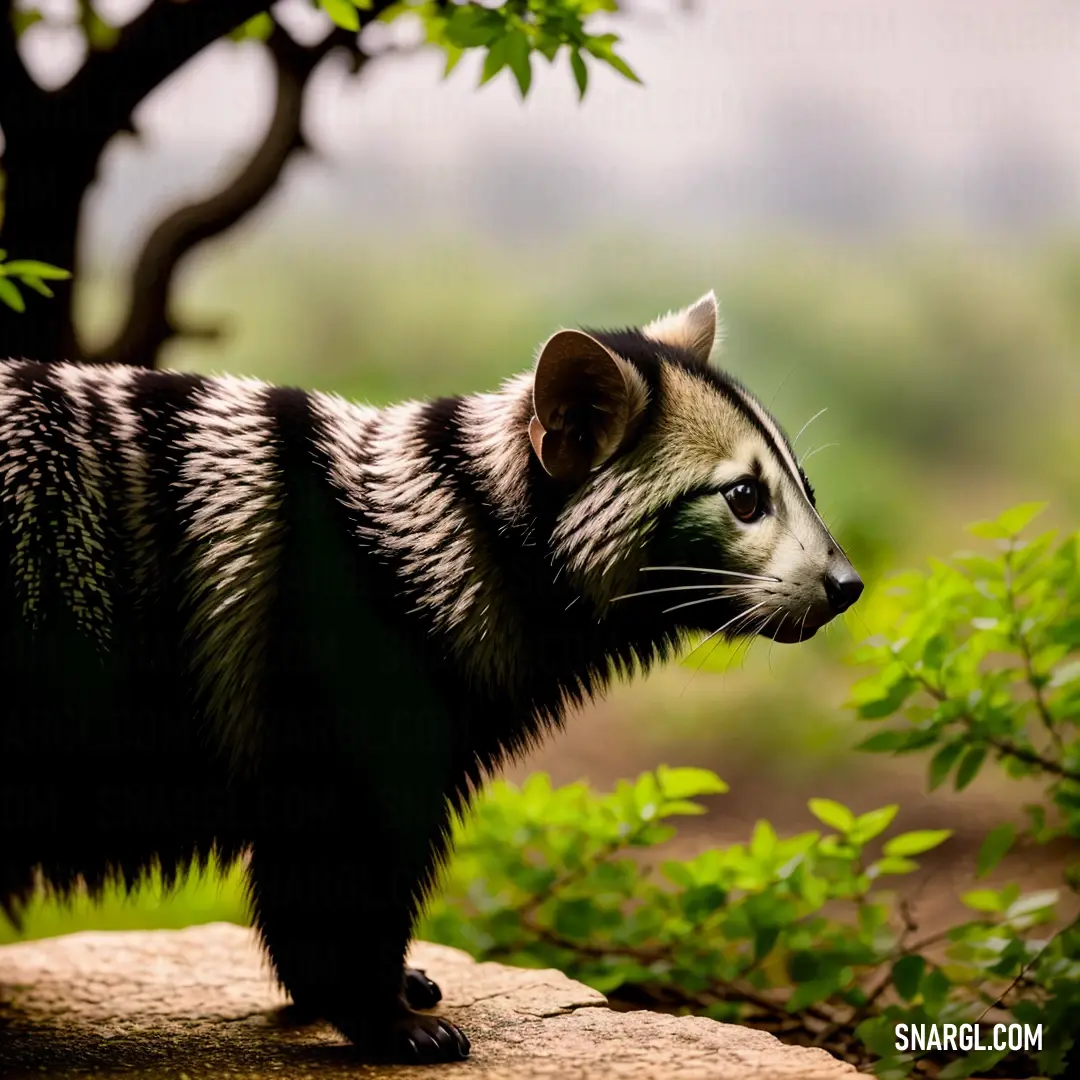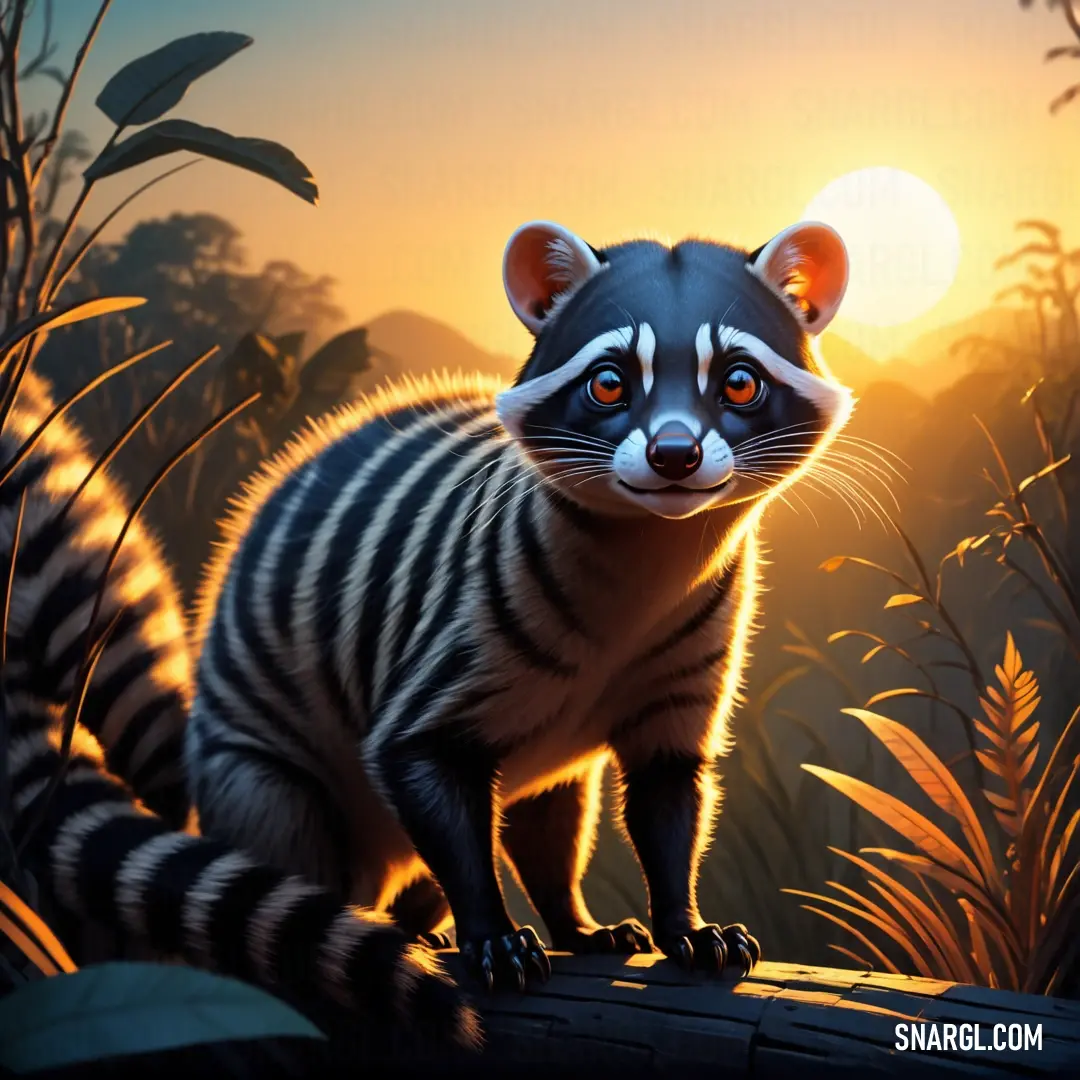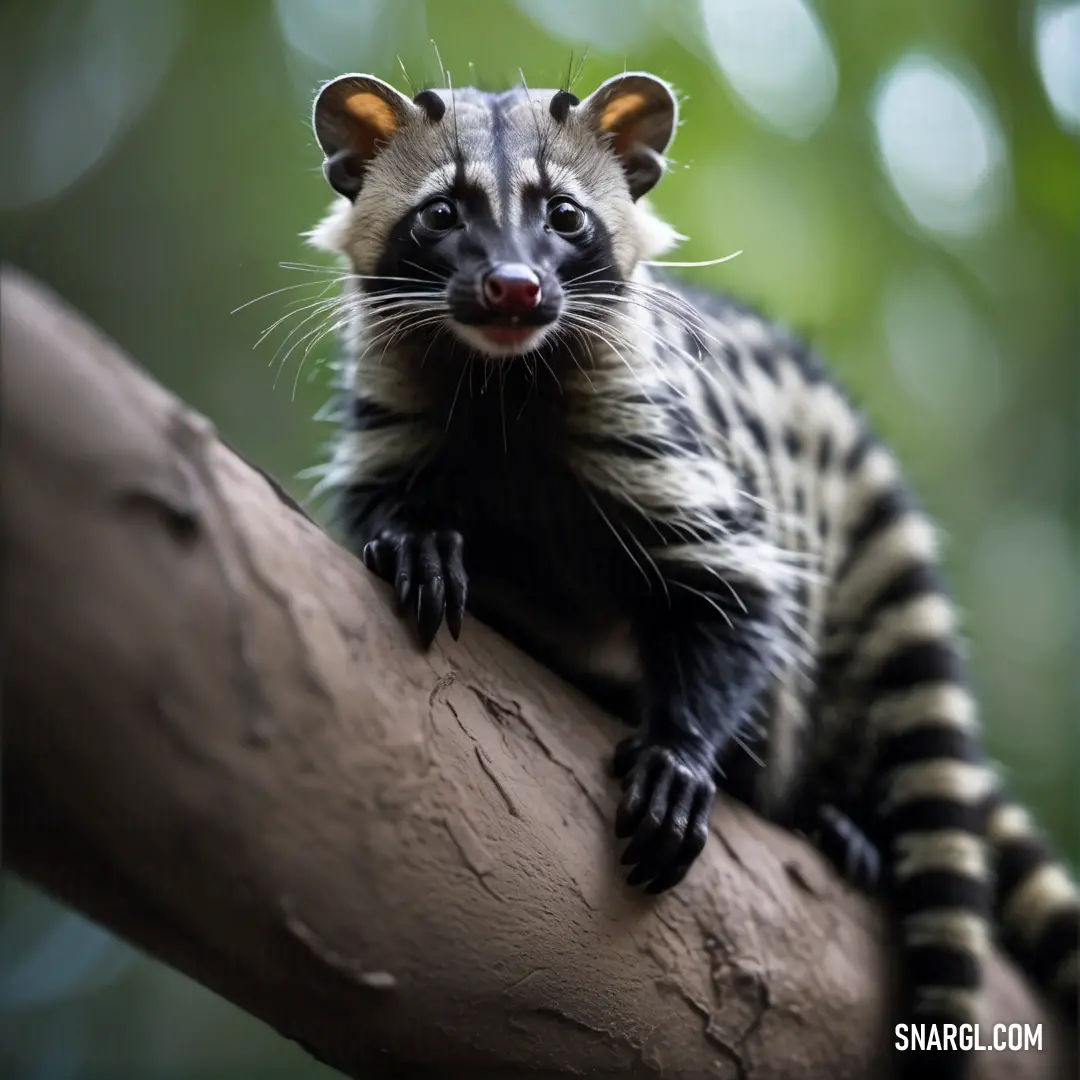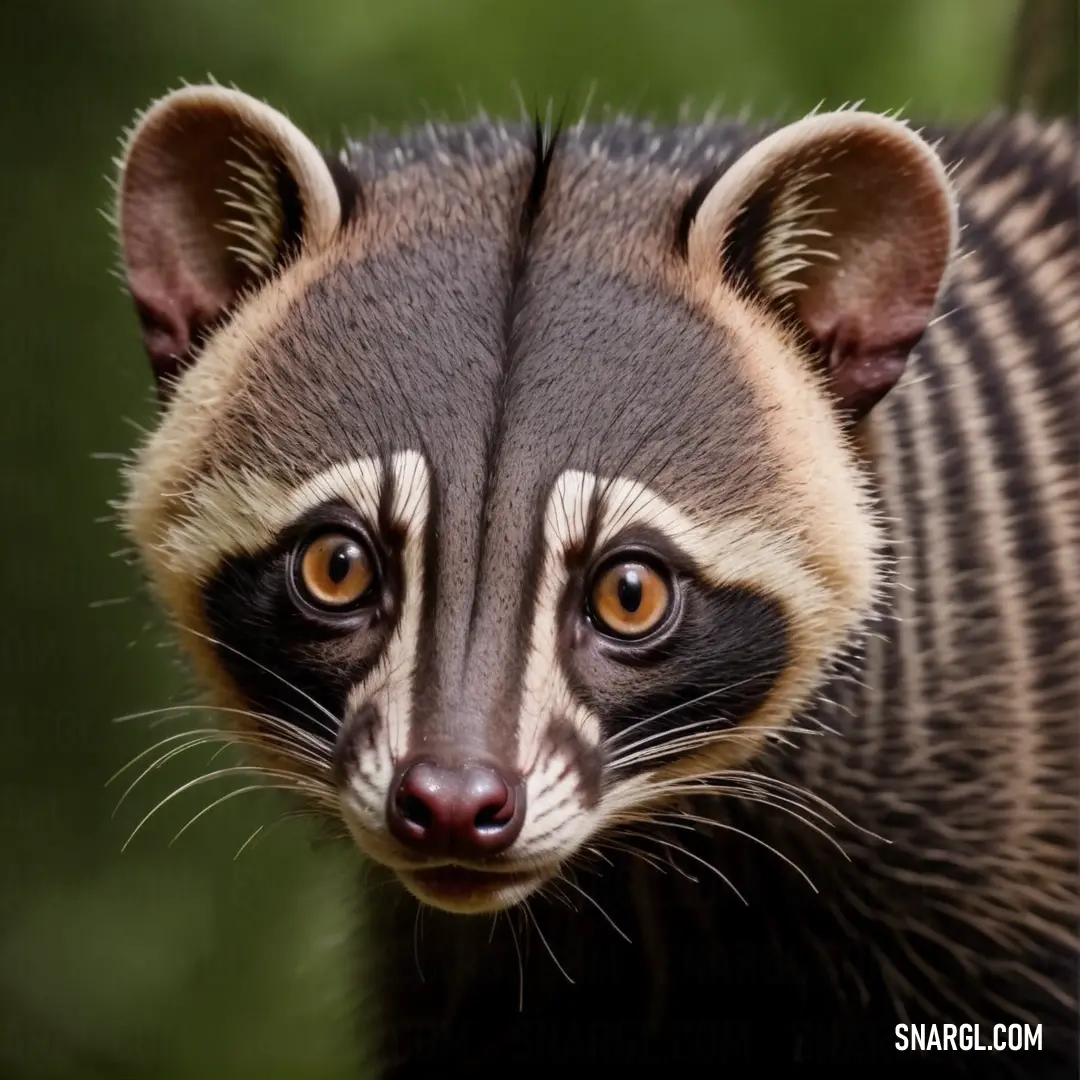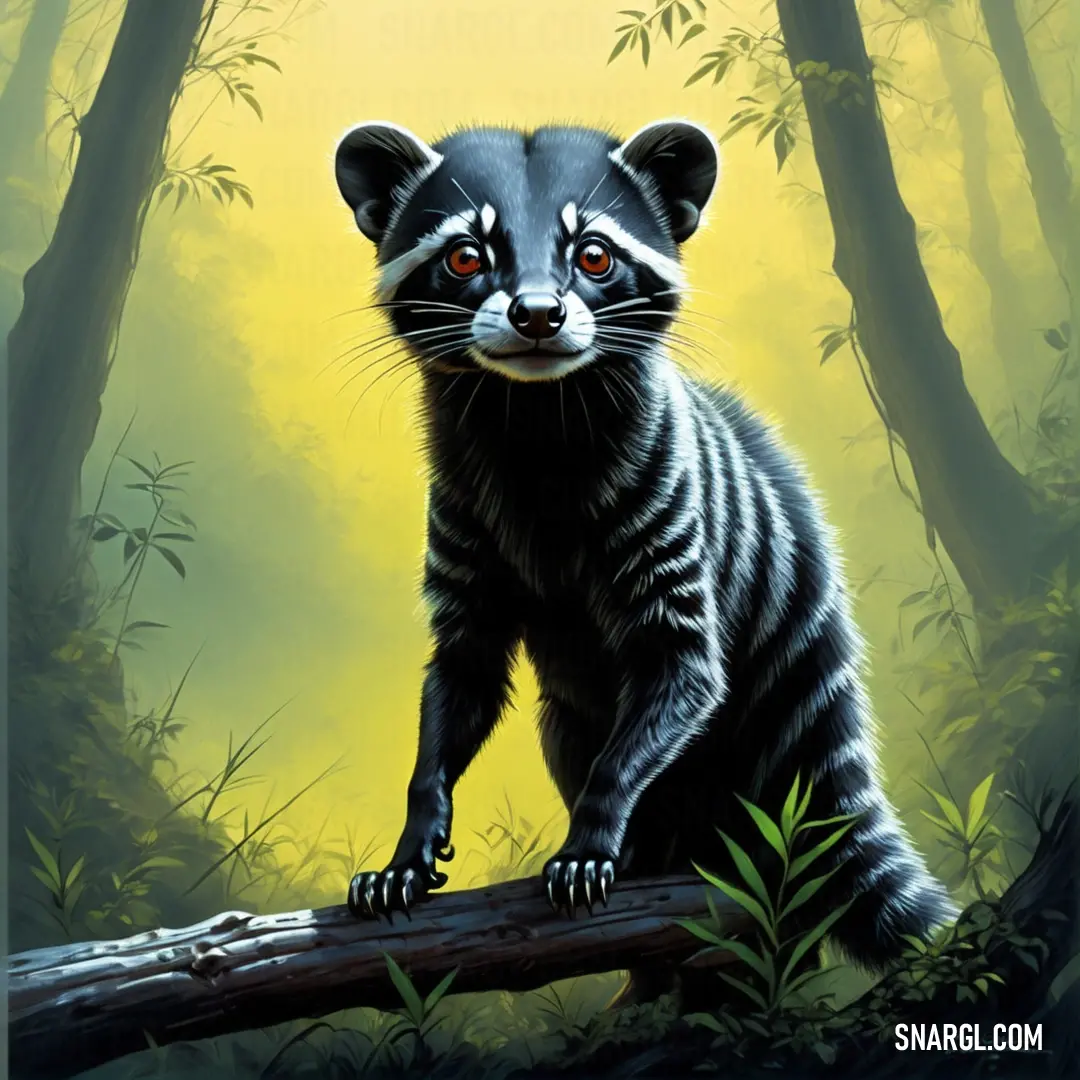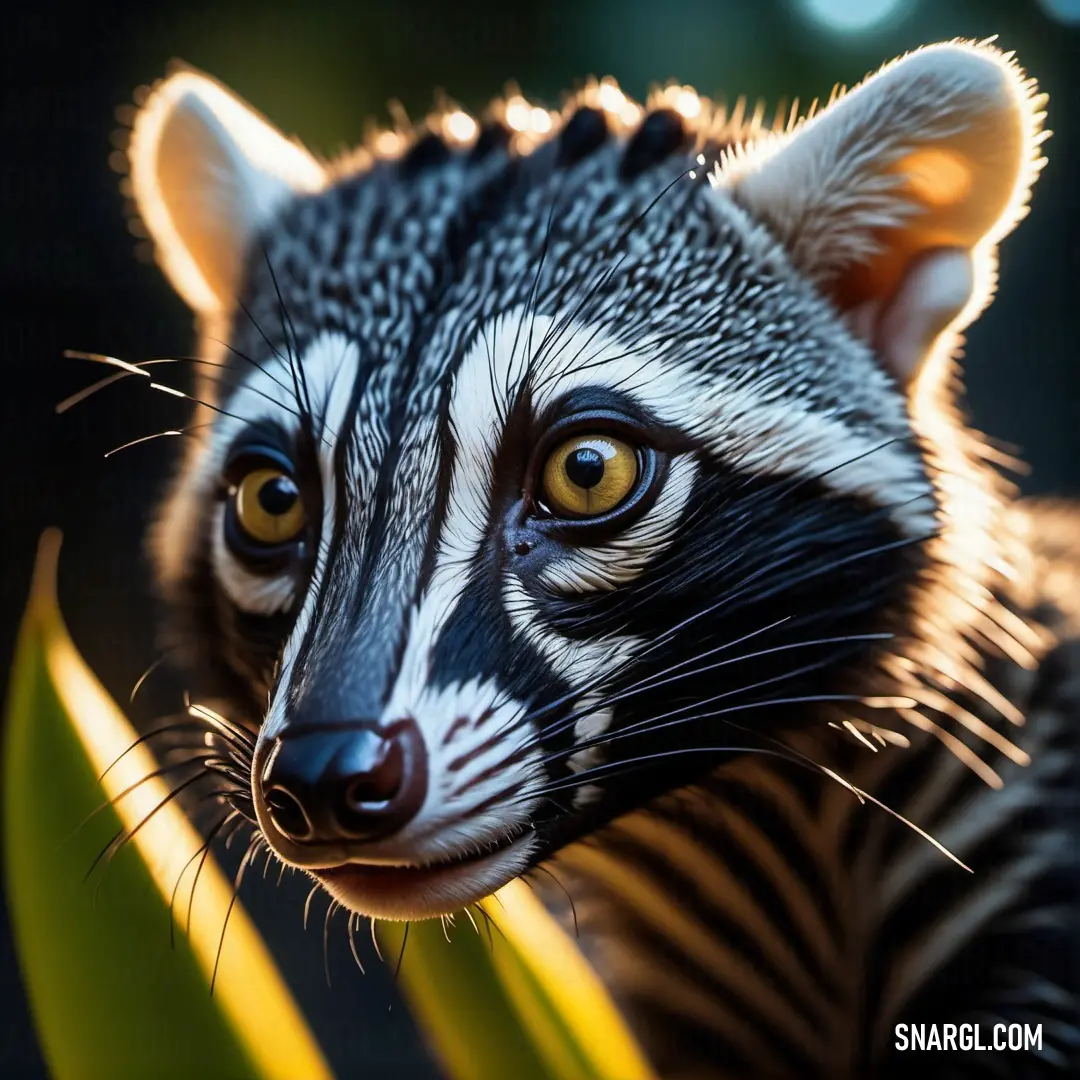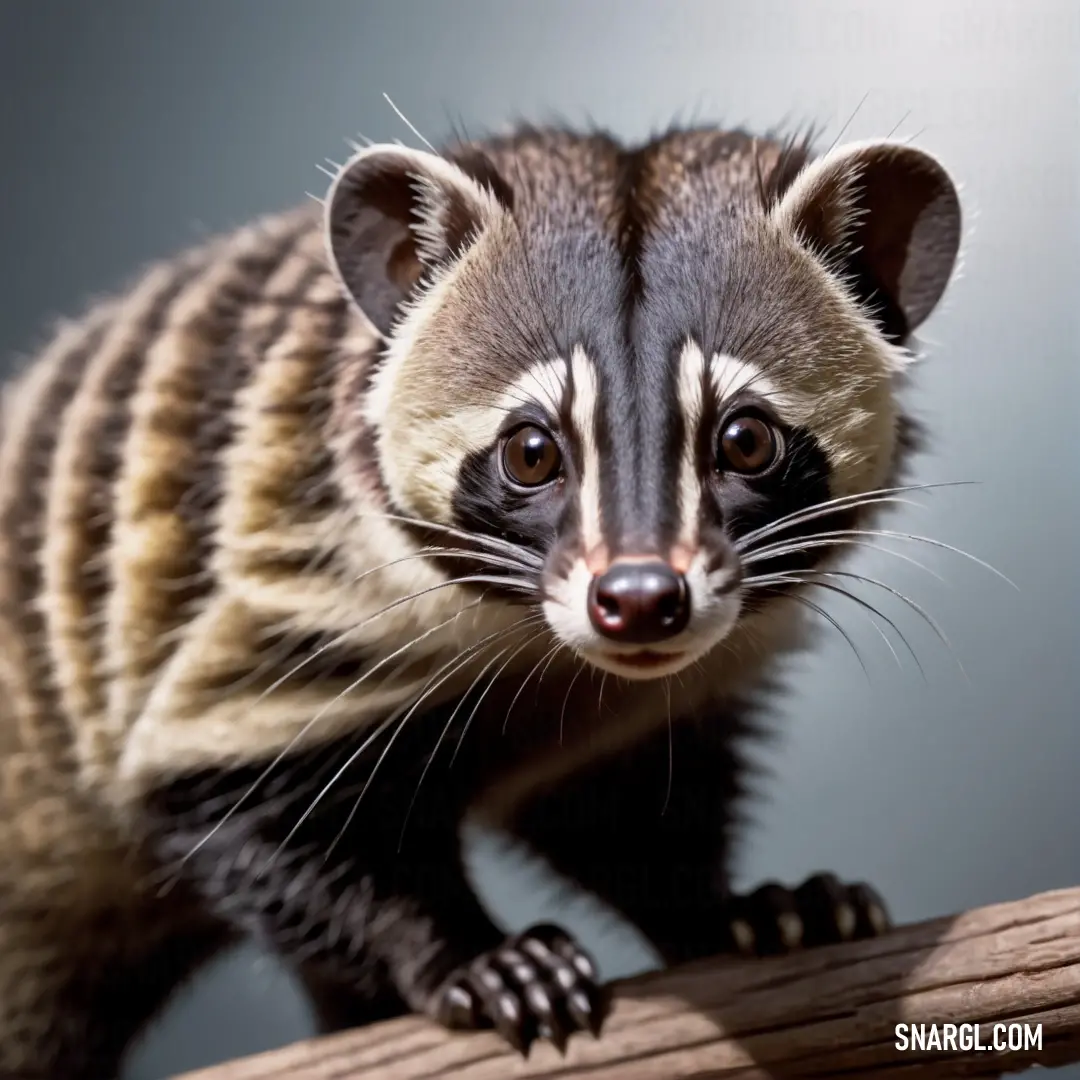In a far away place, in the heart of the ancient Woodshade Forest, where the leaves whispered secrets of old, lived Remi, a civet with fur as silken as moonlight. Remi was not just any civet; he was known throughout the forest for his remarkable curiosity and unyielding spirit. His closest companion was Forrest, a guide dog trainer with a heart as vast as the forest itself. Together, they made an inseparable team, exploring every nook and cranny of their verdant world.
One crisp autumn morning, while the sun was still stretching its golden fingers across the sky, Remi stumbled upon a curious sight. Buried beneath a blanket of fallen leaves, he uncovered an ancient corn husk, unlike any he had seen before. Its texture was strange and its color, a deep, iridescent green that shimmered in the sunlight. As Remi sniffed and nudged the husk, a faint whisper seemed to emanate from it.
Excited by the discovery, Remi dashed to Forrest, who was training a young guide dog named Luna. With a series of enthusiastic chirps and nudges, Remi led Forrest to the mysterious corn husk. Forrest, intrigued by his companion's excitement, examined the husk carefully.
"This is extraordinary, Remi," Forrest said, his eyes twinkling with curiosity. "It seems to be something more than a simple husk. It might hold secrets long forgotten."
Determined to unravel the mystery, Forrest and Remi set out on a quest to discover the husk's origin. They visited the wise old owl, Eldric, who resided in the Great Oak at the forest's center. Eldric, with his vast knowledge and ancient wisdom, examined the husk with a knowing gaze.
"This husk," Eldric said, "is a relic from the Whispering Corn, a legendary plant said to possess magical properties. Long ago, the Whispering Corn was known to reveal hidden truths and guide the way to forgotten realms. But it has been lost to time."
With newfound determination, Forrest and Remi embarked on their journey. The husk's whispers seemed to guide them deeper into the forest, where the trees grew denser and the air crackled with enchantment. Along the way, they faced numerous challenges. They navigated through tangled thickets, crossed a river on a makeshift raft, and braved the eerie stillness of the Moonlit Glade.
In the heart of the forest, they finally found the Whispering Corn's hidden grove. It was a breathtaking sight: golden stalks of corn that shimmered with an otherworldly light, their husks rustling softly as if whispering secrets to the wind. At the center of the grove stood a grand corn husk, adorned with intricate patterns of ancient symbols.
As Forrest and Remi approached, the husk began to glow, and the symbols illuminated the grove with a gentle radiance. A vision appeared before them - a map showing a path to an ancient treasure hidden deep within the forest. The treasure was said to hold the wisdom of the ancients, a gift to those who were worthy.
With the map in hand and hearts brimming with hope, Forrest and Remi followed the path. Their journey led them to a hidden cave, where they discovered a chest filled with ancient scrolls and mystical artifacts. The scrolls contained knowledge about the forest, its magic, and the wisdom of ages past.
Returning to Woodshade Forest as heroes, Forrest and Remi shared their findings with the forest's inhabitants. The knowledge they uncovered helped the forest thrive, and the bond between the creatures grew stronger. Remi's discovery of the Whispering Corn husk had not only led them to an ancient treasure but had also woven a new chapter into the forest's rich tapestry of legends.
And so, in the heart of Woodshade Forest, the whispers of the corn husk continued to rustle through the trees, a reminder of the adventure and the unbreakable bond between a guide dog trainer and his diligent civet companion.

